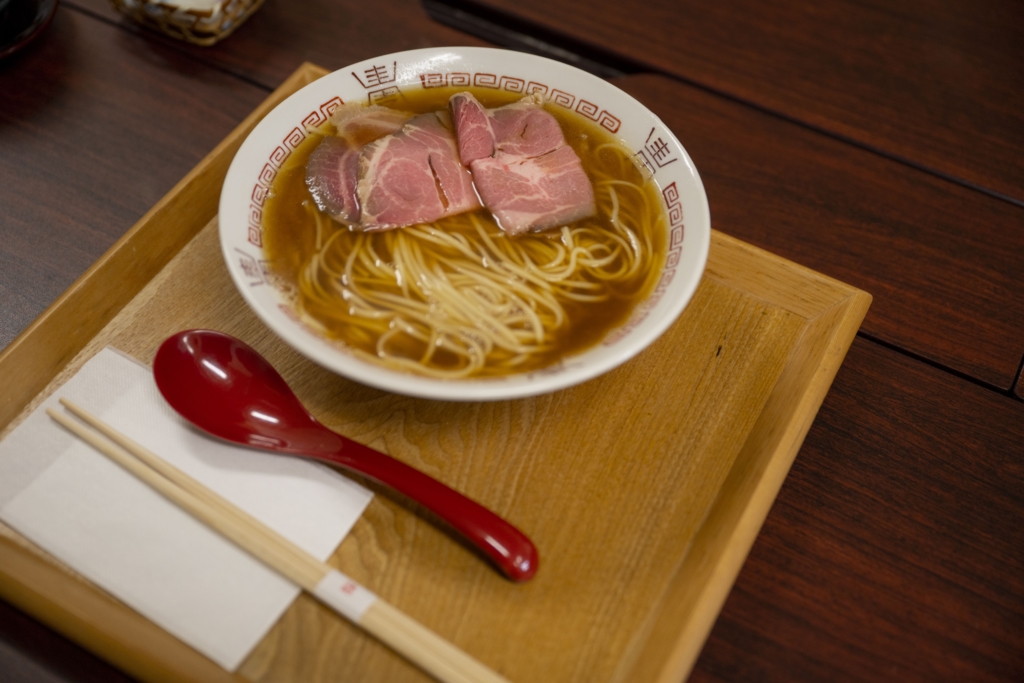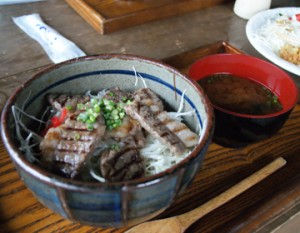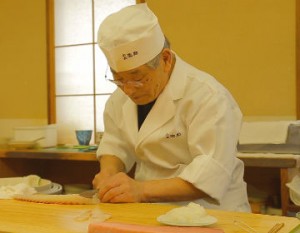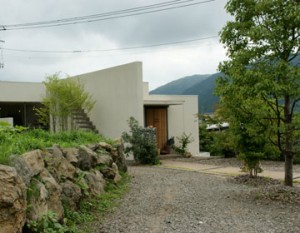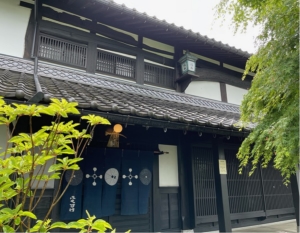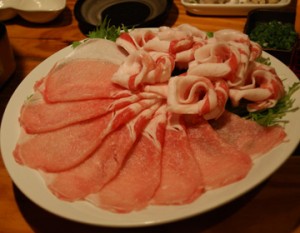The history of Inaniwa Udon
Located in the Inaniwa district of Yuzawa City in southern Akita Prefecture, Inaniwa udon originated over 350 years ago when Sato Kiszaemon (later known as Inaniwa Kiszaemon) began producing dried udon noodles in this area, surrounded by the pristine flow of rivers and lush forests of the beautiful Satoyama countryside. It became the official supplier to the Satake clan, the lords of the Akita domain, and has been passed down through generations as a closely guarded secret. Currently, the 16th generation Inaniwa Kiszaemon focuses on preserving tradition by limiting production to a small portion for distribution, ensuring the continuity of the family heritage. Concerned about the potential loss of this tradition due to its secretive nature, the technique of making Inaniwa udon was specially passed down to the second generation Sato Yosuke (now Sato Yosuke Shoten) at the end of the Edo period.
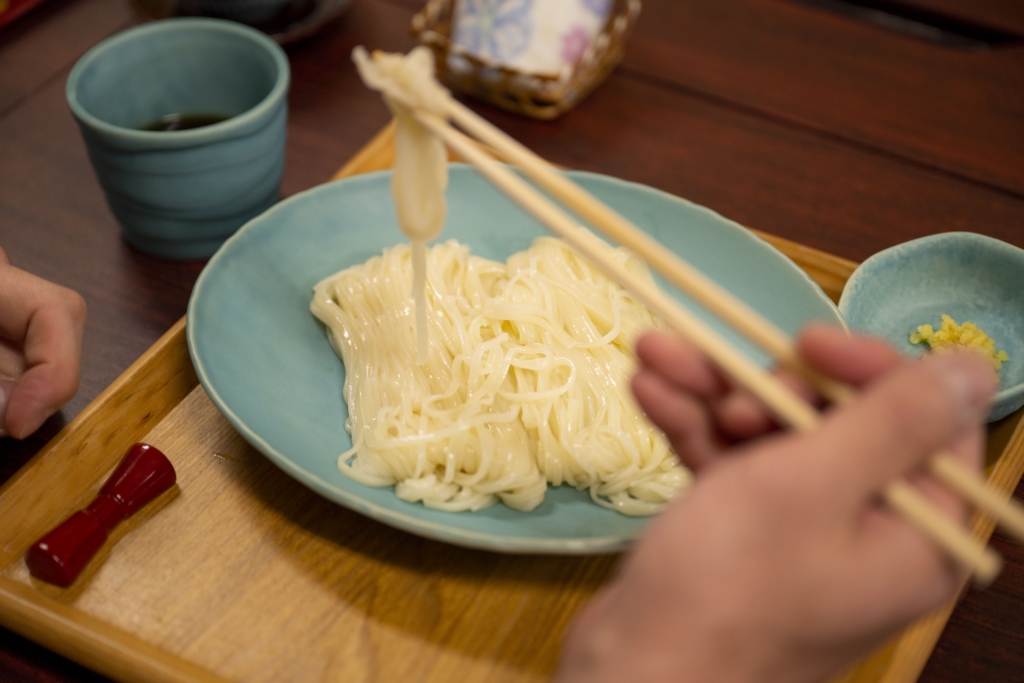
Located in the Inaniwa district of Yuzawa City in southern Akita Prefecture, Inaniwa udon originated over 350 years ago when Sato Kiszaemon (later known as Inaniwa Kiszaemon) began producing dried udon noodles in this area, surrounded by the pristine flow of rivers and lush forests of the beautiful Satoyama countryside. It became the official supplier to the Satake clan, the lords of the Akita domain, and has been passed down through generations as a closely guarded secret. Currently, the 16th generation Inaniwa Kiszaemon focuses on preserving tradition by limiting production to a small portion for distribution, ensuring the continuity of the family heritage. Concerned about the potential loss of this tradition due to its secretive nature, the technique of making Inaniwa udon was specially passed down to the second generation Sato Yosuke (now Sato Yosuke Shoten) at the end of the Edo period.
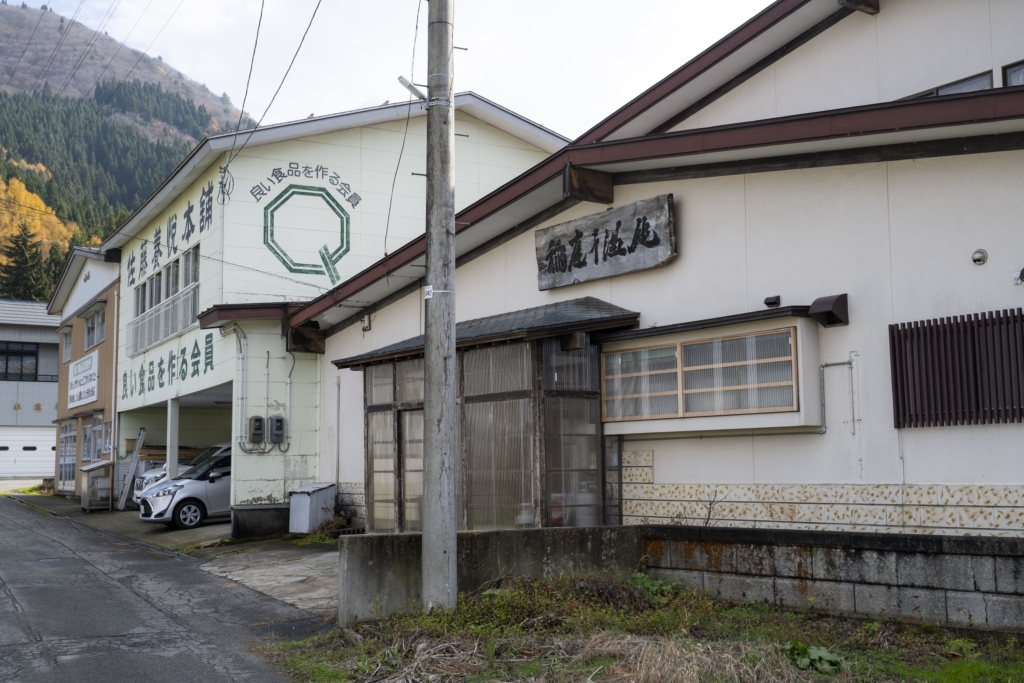
The secret of the delicious taste of udon noodles made by Sato Yoetsu Honpo
To make Inaniwa udon, you start by mixing plenty of saltwater with wheat flour, kneading and fermenting the dough repeatedly to create the base. Then, you cut it into strips about 3 cm wide and roll them into small logs. The process on the second day, called ‘hand-twisting,’ is what I consider the most important step,” says Sato. Using two hanging rods, the dough is quickly and rhythmically stretched into an “eight” shape while twisting the udon. This hand-twisting process, which involves almost half of the personnel in the entire process of making Inaniwa udon, is crucial. Due to the softness of the dough, which is softened by adding plenty of water, handwork is necessary to twist it. Sato describes Inaniwa udon as similar to fermented foods because it undergoes fermentation at various stages of the process. Indeed, during the dough stage, it is left to ferment for a long time, emitting a sweet aroma reminiscent of bread. The finished noodles, though slightly thinner than typical udon, have a flat cross-section, characteristic of Inaniwa udon. Despite their appearance, they have a remarkably firm texture and chewiness. Adjustments to the moisture and salt content are made based on the day’s humidity and temperature, and the noodles are aged for 3 to 4 days to develop their unique texture and smooth mouthfeel.
At Sato Yoetsu Honke, only domestically harvested wheat, harvested within a year, is used as the raw material for udon. Additionally, all other ingredients such as salt and starch are also domestically sourced. Both the ingredients and the manufacturing process are purely domestic, and this is the essence of Sato’s dedication. It is an indispensable commitment for the udon produced by Sato Yoetsu.
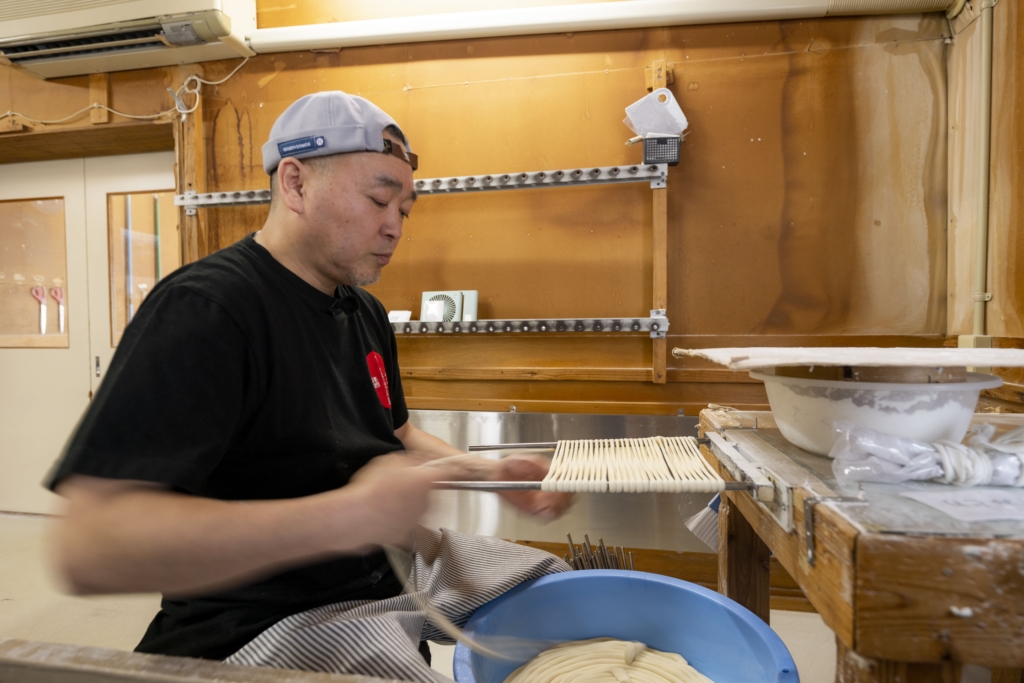
Applying the techniques used to make Inaniwa udon, Sato-san ventured into creating “Inaniwa Chuka” (Chinese-style noodles). Being a ramen enthusiast, he wondered if he could adapt the udon-making techniques to produce Chinese-style noodles. Initially, he experimented with fresh noodles, but during that time, he received advice from a renowned ramen shop owner in Tokyo to utilize the Inaniwa udon technique to make dried noodles instead. Thus, “Inaniwa Chuka” was born. While ramen shops typically use fresh noodles, Sato’s Inaniwa Chuka features straight, dried noodles that are sun-dried for a full two days, retaining the same texture and quality as Inaniwa udon.
Nowadays, the popularity of Inaniwa Chuka is such that specialized ramen shops in Akita City use these noodles. Sato-san envisions opening an eatery in the Inaniwa district that not only offers udon but also ramen, pasta, soba, and other noodle dishes made using the techniques of Inaniwa udon. It’s exciting to see the new noodle products from Sato Yoetsu Honke, born from traditional techniques, continue to evolve in the future.
